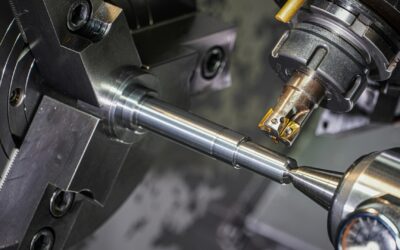In 2025, Congress created a new tax incentive for qualified production property (QPP). Aimed at boosting or reshoring manufacturing in the United States, the tax incentive essentially expands 100% bonus depreciation rules to include certain real property used in qualified manufacturing activities.
For manufacturers, specifically, this new QPP tax incentive can present a major opportunity to limit tax exposure. However, the rules are complicated, nuanced and still awaiting clarification from the IRS, so even tax advisors’ understanding of the subject is continuing to evolve.
Keep reading to learn more about what the new QPP tax incentive is and how to apply the benefits to your business.
What is qualified production property under the new tax law?
Qualified production property is any part of a building that’s integral to carrying out a qualified production activity. A qualified production activity is one that makes a substantial transformation to a qualified product via manufacturing, production or refining. QPP is a new category that is identified after identifying short-life property or repairs in a cost segregation study.
- Most manufacturers already use cost segregation studies to identify non-building assets eligible for accelerated depreciation. These assets can include land improvements, such as parking lots or tangible personal property, such as the supporting electrical or mechanical connections for machinery. In some cases, portions of the buildings are eligible for short-life treatment as qualified improvement property.
- Qualified production property consists of the remainder of the building, as long as it is integral to the production process. Areas such as parking lots, offices, R&D activities, sales or engineering are not QPP.
- However, not all elements of a building are integral to production. Historically, “integral to” has swept broadly to include many assets not directly used in the production process itself. Forthcoming guidance should address topics like dual-use property, the scope of integral activities and the extent to which substantial transformation incorporates existing guidance under IRS code section 954.
- Because the IRS has not yet issued guidance clarifying the new QPP tax incentive, there is a significant level of uncertainty here. You and your tax advisor should watch closely for additional updates to help you better understand how to apply the QPP incentive to your situation.
Read this article in full here.
Wipfli brings the curiosity needed to uncover what’s been overlooked. Our ingenuity helps create unexpected results. Our team of more than 3,200 associates works together to bring integrated solutions to turn data into insights, to optimize workflows, to increase margins and to transform through digital innovation.




